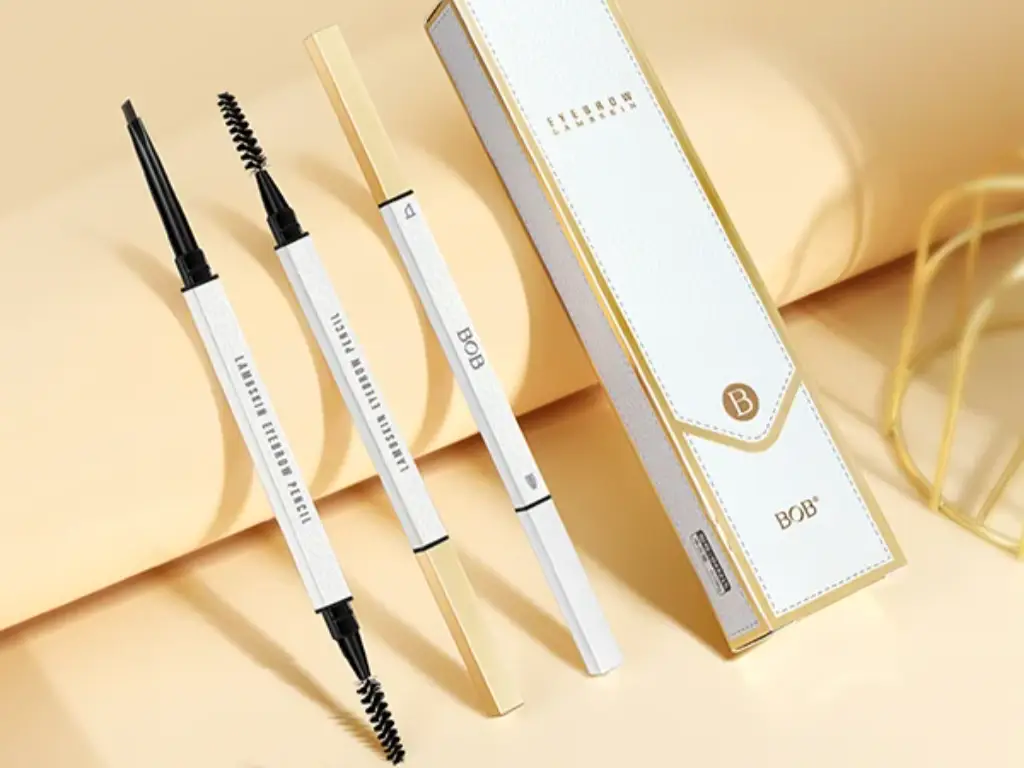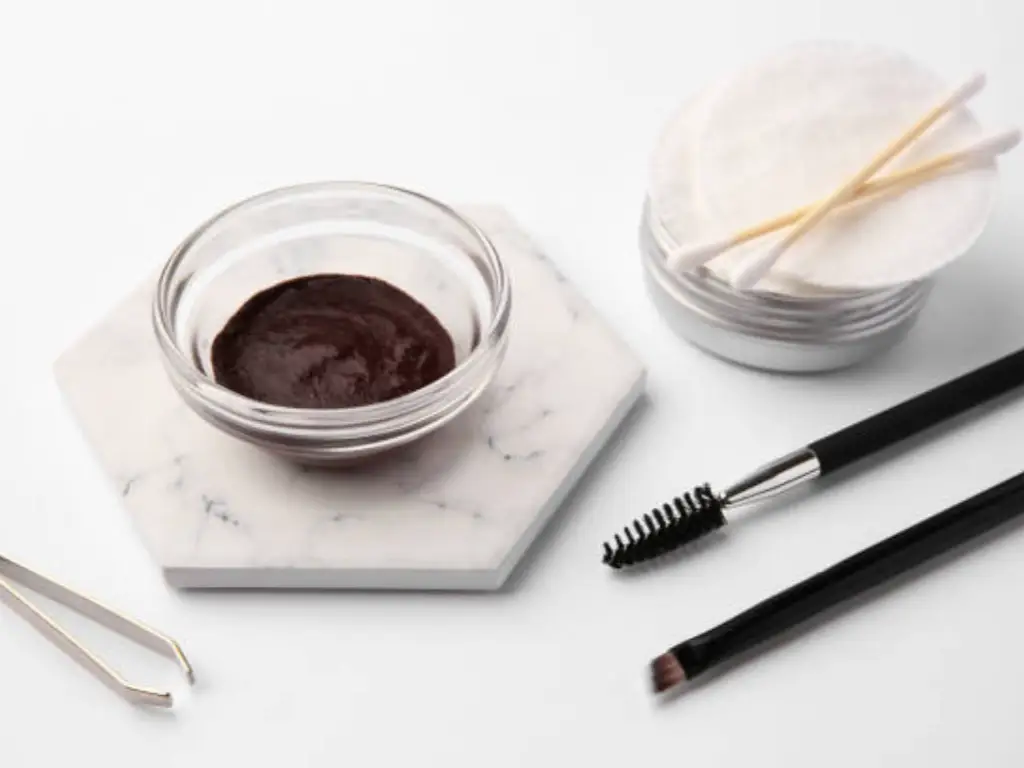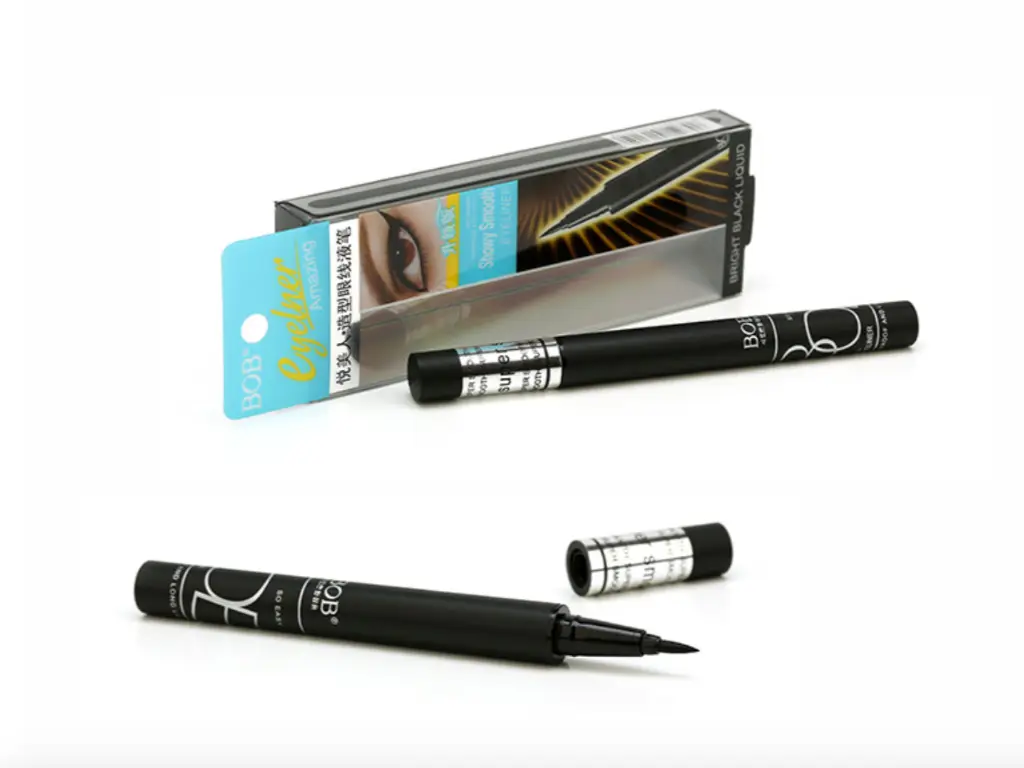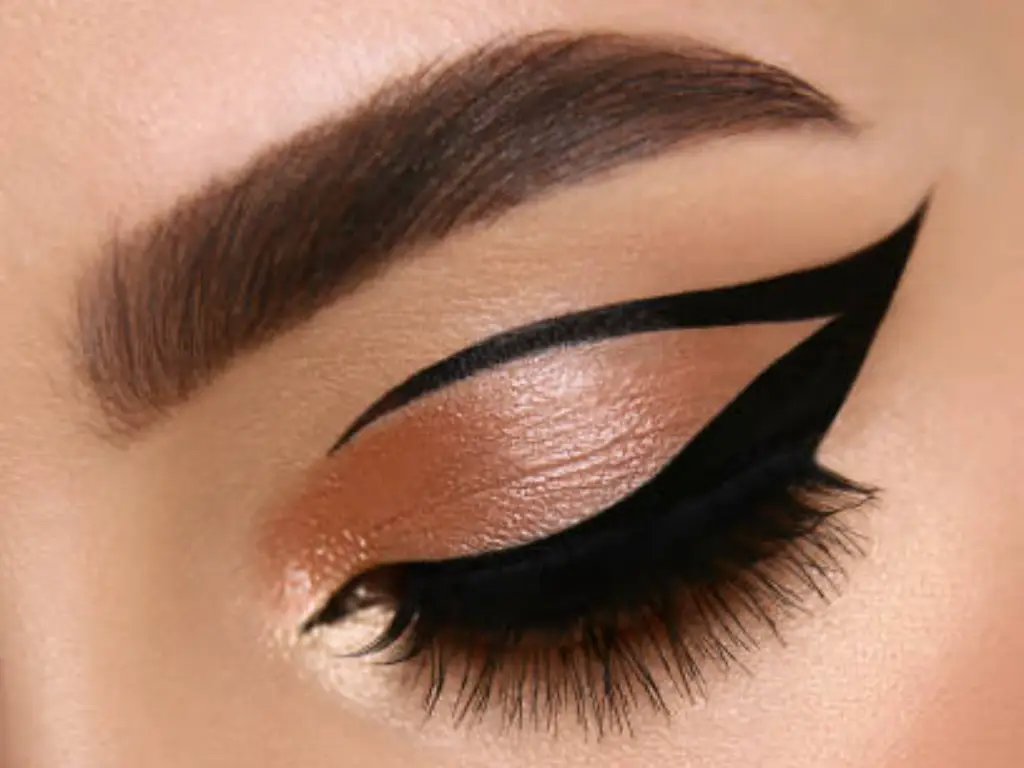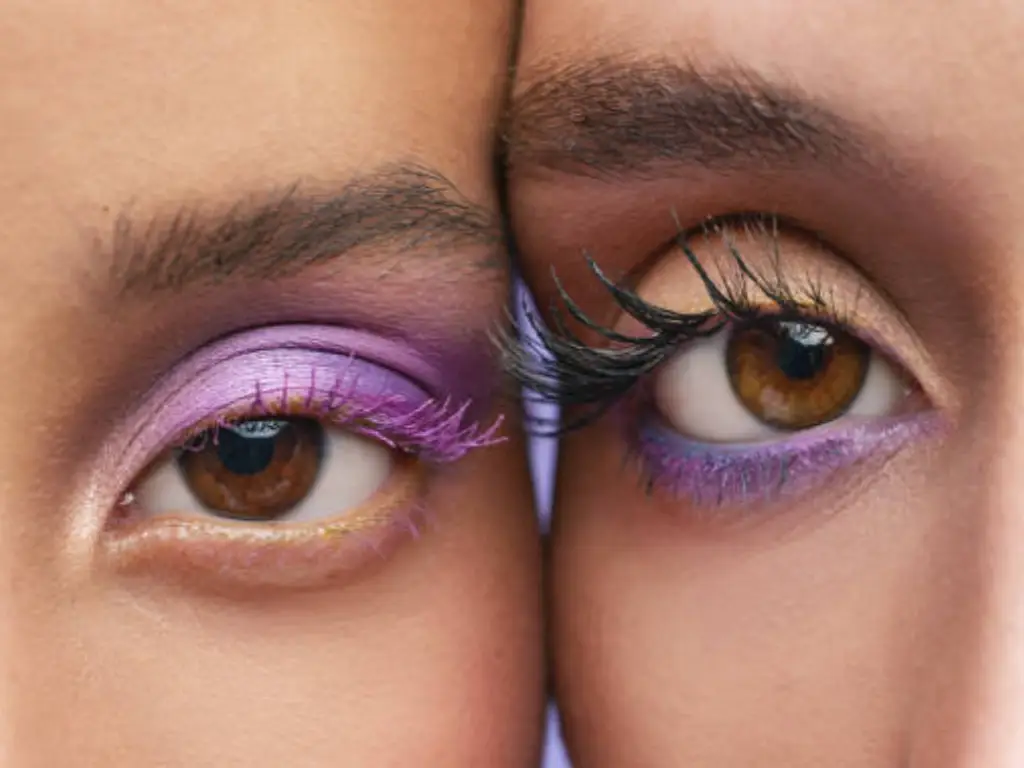In the vast and vibrant universe of cosmetics, certain products feel like essentials, while others are shrouded in a bit of mystery. For years, foundation, mascara, and lipstick have been the undisputed stars of the show. But lurking just behind the curtain is a silent hero, a product that has transitioned from a professional makeup artist’s secret weapon to a non-negotiable staple for consumers worldwide: face primer.
For any growing business or distributor in the beauty sector, understanding the “what, why, and how” of a product category is fundamental. And when it comes to face primer, that understanding can unlock a significant market opportunity. This guide is designed to be your definitive resource. We’ll break down exactly what primer is, demystify its function, and provide the insights you need to speak the language of your customers and develop products that truly perform.
What is the Purpose of a Makeup Primer?

Let’s start with the most fundamental question. At its core, what is the purpose of a makeup primer?
Think of it as a bridge between your skincare routine and your makeup application. It’s the very first makeup product you apply after your moisturizer and sunscreen have fully absorbed. Its primary job is to create a smooth, even, and flawless canvas for the rest of your makeup.
Imagine you’re an artist about to paint on a textured, porous canvas. You could apply your paint directly, but it might sink into the grooves, look uneven, and require more paint to get the vibrant color you want. Or, you could first apply a layer of gesso—a painter’s primer—to smooth the surface. The paint will then glide on effortlessly, its color will be true and bright, and the final artwork will look infinitely more professional and last much longer.
Face primer is the gesso of the cosmetics world. It smooths over imperfections, blurs the appearance of pores, and gives your foundation something to grip onto, ensuring your look stays fresh from the first morning meeting to the last evening email.
Why is Primer Important Before Makeup?
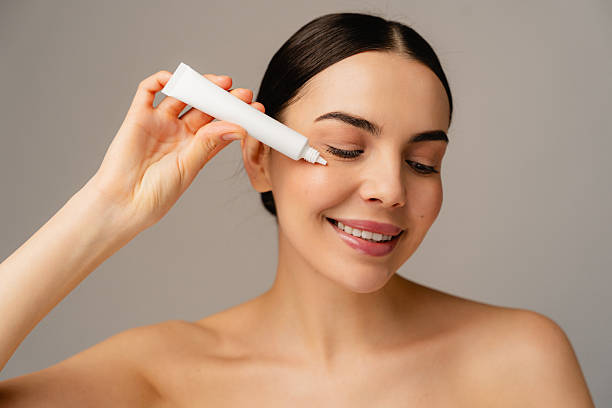
For a long time, consumers and even some brands viewed primer as an optional, superfluous step. That perception has completely shifted. Now, the market understands its value. So, why is primer important before makeup? The answer lies in four key pillars of performance that directly address consumer pain points.
1. It Creates a Flawless, Airbrushed Canvas: Primers are formulated to temporarily fill in fine lines, blur large pores, and smooth over textured areas. This creates a uniform surface, preventing foundation from settling into creases or emphasizing skin texture. The result is a softer, more refined, and almost airbrushed appearance.
2. It Dramatically Increases Makeup Longevity: One of the most common makeup complaints is that it melts, slides, or fades away by midday. Primer acts as a double-sided adhesive. It clings to your skin on one side and grips onto your foundation on the other, locking your look in place for hours. This is especially crucial for people with oily skin, in humid climates, or for long-wear occasions like weddings and events.
3. It Provides a Protective Barrier: A good primer creates a thin, breathable barrier between your skin and your makeup. This has two benefits. First, it can prevent the oils from your skin from breaking down your foundation. Second, it can protect your skin from potential pore-clogging ingredients in makeup, making it a great ally for acne-prone individuals.
4. It Can Offer Targeted Skincare Benefits: The primer category has evolved far beyond a simple base coat. Modern formulations are packed with beneficial ingredients that cater to specific skin concerns. There are hydrating primers to quench dry skin, mattifying primers to control oil and shine, and color-correcting primers to neutralize redness or dullness.
How Does Makeup Primer Work?
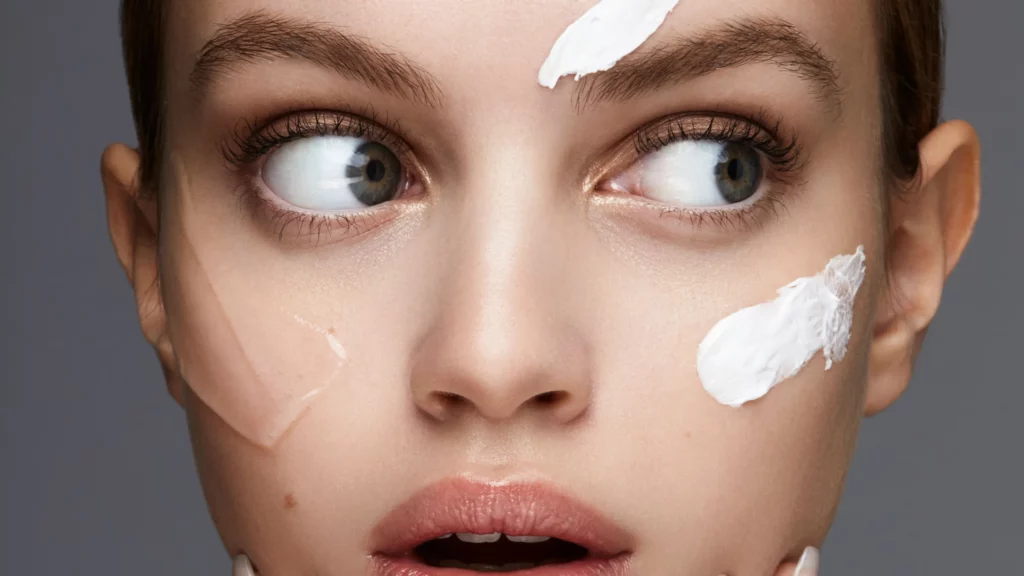
To truly grasp a product, you need to understand its mechanics. So, how does makeup primer work on a molecular level? The magic lies in the formulation, which generally falls into two main camps: silicone-based and water-based. Understanding this distinction is critical for product development and consumer education.
Silicone-Based Primers: The Great Smoothers
If you check the ingredient list of most “blurring” or “pore-minimizing” primers, you’ll find ingredients ending in -cone, -methicone, or -siloxane. These are silicones. These large molecules form a flexible, mesh-like layer on top of the skin. They don’t absorb into the skin but rather sit on its surface, creating a “scaffolding” effect that fills in microscopic valleys (like fine lines and pores) and creates an exceptionally smooth finish. This film is permeable, meaning it allows your skin to breathe, but it’s effective enough to control shine and provide that signature silky,滑-on feel.
Water-Based Primers: The Hydration Magnets
Water-based primers, as the name suggests, have water as their primary ingredient. They feel lighter and more lotion-like. Instead of relying on silicones for smoothing, they are often packed with humectants like hyaluronic acid and glycerin. These ingredients act like tiny magnets for moisture, drawing water to the skin’s surface. This plumps up the skin, which in turn minimizes the appearance of fine lines and gives a fresh, dewy glow. They are an excellent choice for dry or dehydrated skin types.
The Golden Rule for Product Synergy: A crucial tip for any user—and a key piece of knowledge for any distributor—is the importance of matching your primer to your foundation. Using a water-based foundation over a silicone-heavy primer (or vice-versa) can cause pilling or separation, as the two formulas repel each other. For optimal performance, silicone should be paired with silicone, and water with water.
A Tour of the Primer Market: Finding the Right Fit
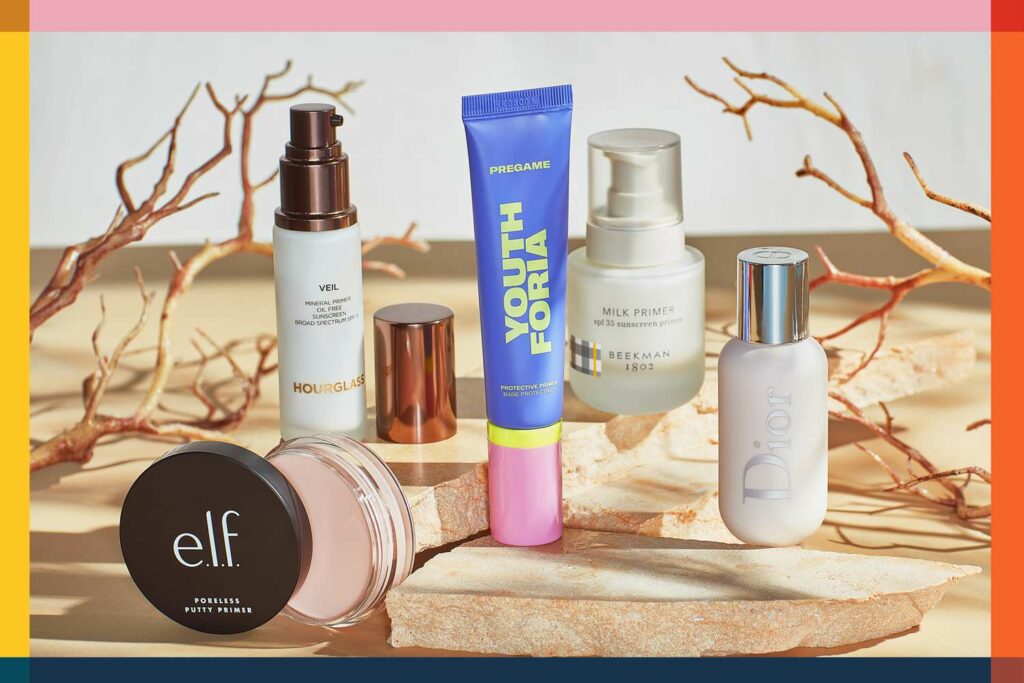
The diversity of primers is a testament to the sophistication of the market. For a business, this means ample opportunity for market segmentation. Here’s a look at the most popular categories:
Mattifying Primers: The go-to for oily and combination skin. They often contain ingredients like silica or charcoal that absorb excess sebum, keeping the skin shine-free for hours.
Hydrating Primers: A drink of water for dry or dehydrated skin. Packed with ingredients like hyaluronic acid, glycerin, and antioxidants, they create a plump, healthy-looking base.
Illuminating Primers: For those chasing a radiant glow. These primers are infused with finely milled light-reflecting particles (like mica) to give the skin a luminous, “lit-from-within” look.
Color-Correcting Primers: These use basic color theory to neutralize skin tone issues. Green-tinted primers cancel out redness, lavender brightens sallowness, and peach or pink can help with dark circles or spots on lighter skin tones.
Blurring Primers: The “Instagram filter” in a bottle. These are typically silicone-based and excel at creating a soft-focus effect that minimizes the look of pores and texture.
The Best Face Primer for Mature Skin
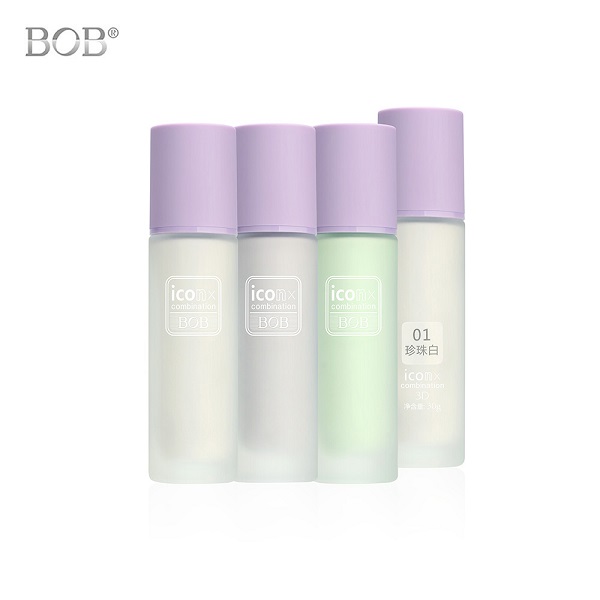
The demand for an effective face primer for mature skin represents a significant and growing market segment. Mature skin has unique needs. It tends to be drier, have less elasticity, and show more fine lines and wrinkles. The wrong primer can be a disaster, settling into lines and making the wearer look older.
The ideal primer for this demographic should be:
1. Hydrating: It must combat dryness and plump the skin. Look for hyaluronic acid and other nourishing ingredients.
2. Smoothing, Not Filling: It should be a lightweight formula that smooths the canvas without being thick or heavy. Heavy silicone primers can sometimes settle into deeper lines.
3. Luminous: A subtle, radiant finish can impart a youthful glow, whereas heavy, matte formulas can make mature skin look dull and flat.
How to Use Makeup Primer for Flawless Results
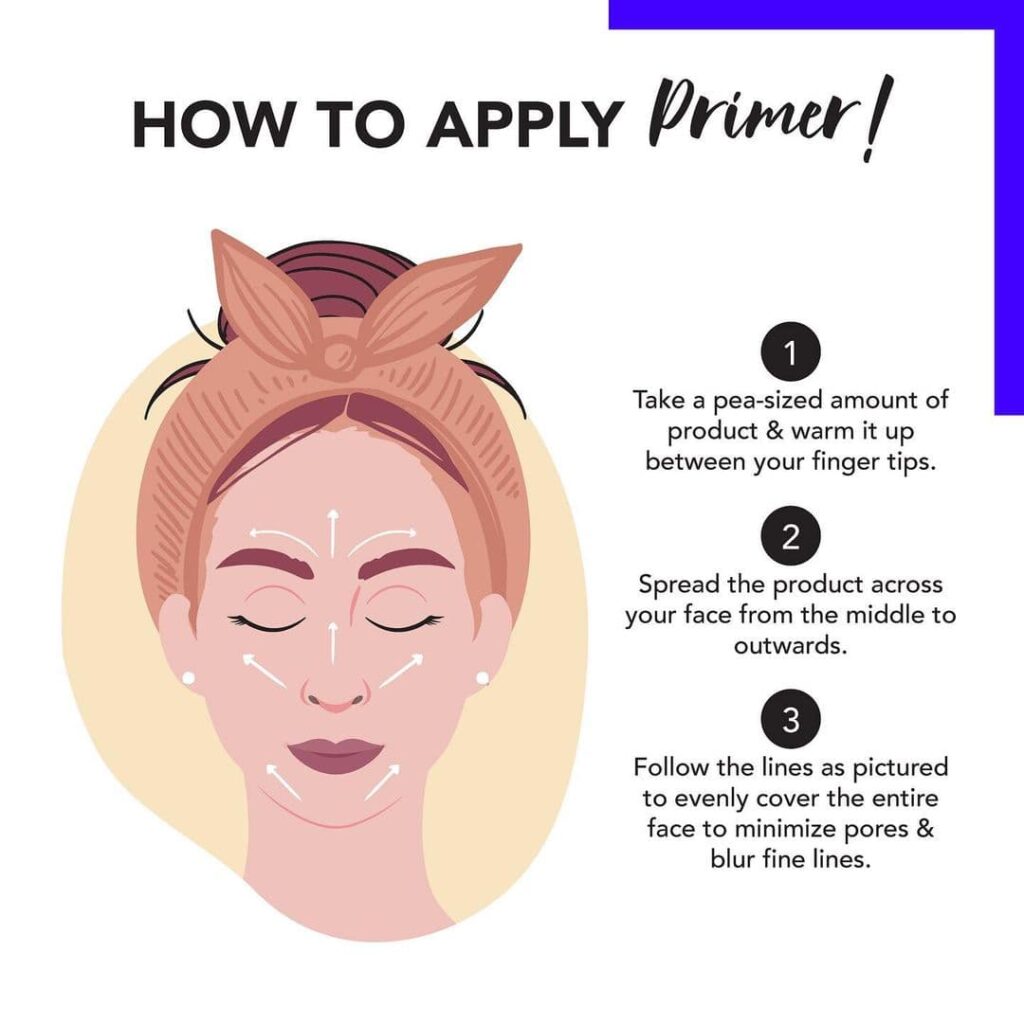
Application is everything. Educating your customers on how to use makeup primer correctly ensures they get the best results from the product, leading to higher customer satisfaction and loyalty.
Here is a simple, five-step professional guide:
1. Prep Your Canvas: Start with your regular skincare routine. Cleanse, tone, and moisturize. Crucially, wait a few minutes for your moisturizer and/or sunscreen to fully absorb into the skin. Applying primer too soon can cause pilling.
2. A Little Goes a Long Way: Dispense a pea-sized amount of primer onto the back of your hand. This is usually enough for the entire face. Using too much is a common mistake that can make foundation slide around.
3. Warm It Up and Apply: Most makeup artists agree that using your fingertips is the best method. The warmth of your fingers helps the primer melt into the skin for a more seamless application. Gently dot it on the center of your face (forehead, nose, cheeks, and chin) and blend outwards in soft, circular motions.
4. Wait for It: This is the most skipped—and most critical—step. Let the primer set for at least 60 seconds. This allows it to form its film and create the perfect base.
5. Proceed with Foundation: Once the primer is set (your skin should feel smooth, not wet), you can apply your foundation and the rest of your makeup as usual. You’ll likely notice you need less foundation to achieve your desired coverage.
Primer as a Pillar of Modern Cosmetics
Face primer is no longer an industry secret; it’s a foundational pillar of a modern makeup routine. It answers the consumer’s call for makeup that not only looks good upon application but performs beautifully all day long.
For any startup, growing brand, or distributor in the cosmetics space, a deep understanding of primer is not just helpful—it’s essential. It allows you to develop targeted products, market them effectively, and educate your customers on how to achieve the flawless results they crave. It’s a product category ripe with innovation and opportunity, waiting for brands that are ready to lay the perfect foundation for success.
Are you looking to develop or distribute a line of high-performance cosmetic primers? At Siloran, we understand the science and market dynamics behind winning formulations. Contact our team today to learn how we can help you build your next best-selling product.


